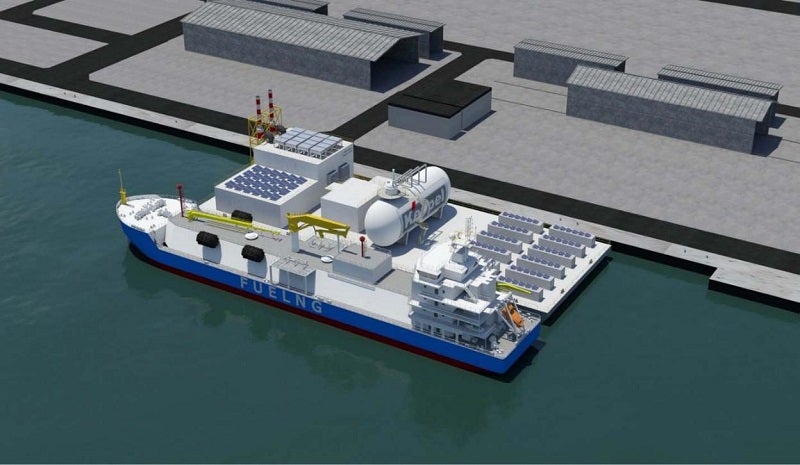
Singapore’s Energy Market Authority (EMA) and Keppel Offshore & Marine (Keppel O&M) have awarded a research grant to a consortium led by Envision Digital International to trial a floating energy storage system (floating ESS).
The awarded grant is part of a previously announced $10m partnership between EMA and Keppel O&M for developing innovative energy solutions in the marine sector.
Keppel O&M and the consortium will work together to deploy a 7.5MW/7.5MWh lithium-ion battery ESS on the former’s floating living lab (FLL).
The pilot project for developing the first floating ESS in Singapore is expected to be completed in 2023.
Also expected to become the largest ESS deployment so far in Singapore, it will have enough capacity to power more than 600 four-room Housing Development Board (HDB) flats a day.
Keppel O&M’s floating living lab will have onboard liquefied natural gas (LNG) bunkering facilities, pressurised LNG tanks, cargo handling systems, a smart grid, and power generation systems among others.
The testbed will have a liquid-cooling solution onboard which will use seawater for cooling down the battery cells and for improving the energy storage system’s lifecycle. This will address the problem of Singapore’s hot and humid conditions affecting the performance of the testbed, said Keppel O&M.
The Singaporean company said that the floating ESS will also study the prospects of what will be the first-of-its-kind battery stacking solution in the country. This solution can potentially cut down the footprint needed for deployment by up to 40%, claimed the company.
How the floating ESS pilot is expected to help Singapore
Keppel O&M said that the findings from the pilot are likely to be used in energy storage systems on mainland Singapore for supporting power grid stability and resilience. Apart from that, it could enable the adoption of more renewable energy.
Keppel O&M CEO Chris Ong said: “Besides supporting Singapore’s energy needs, the developed solution will have multiple applications such as supporting areas with intermittent power supply, and rapid deployment to provide emergency power for places or remote islands affected by power disruptions.
“It can also be deployed on hybrid or fully electric vessels to significantly reduce carbon emissions.”
The floating ESS will be integrated with a smart energy management system (SEMS) as well on the floating living lab to boost its operational efficiency.
The SEMS by leveraging artificial intelligence and machine learning algorithms will streamline the efficiency of operations and decrease overall energy usage.
EMA chief executive Ngiam Shih Chun said: “Energy storage and smart energy management systems support the deployment of more renewable energy in Singapore. This project will pave the way to overcome our land constraints, and set the blueprint for similar deployments in the future.”


